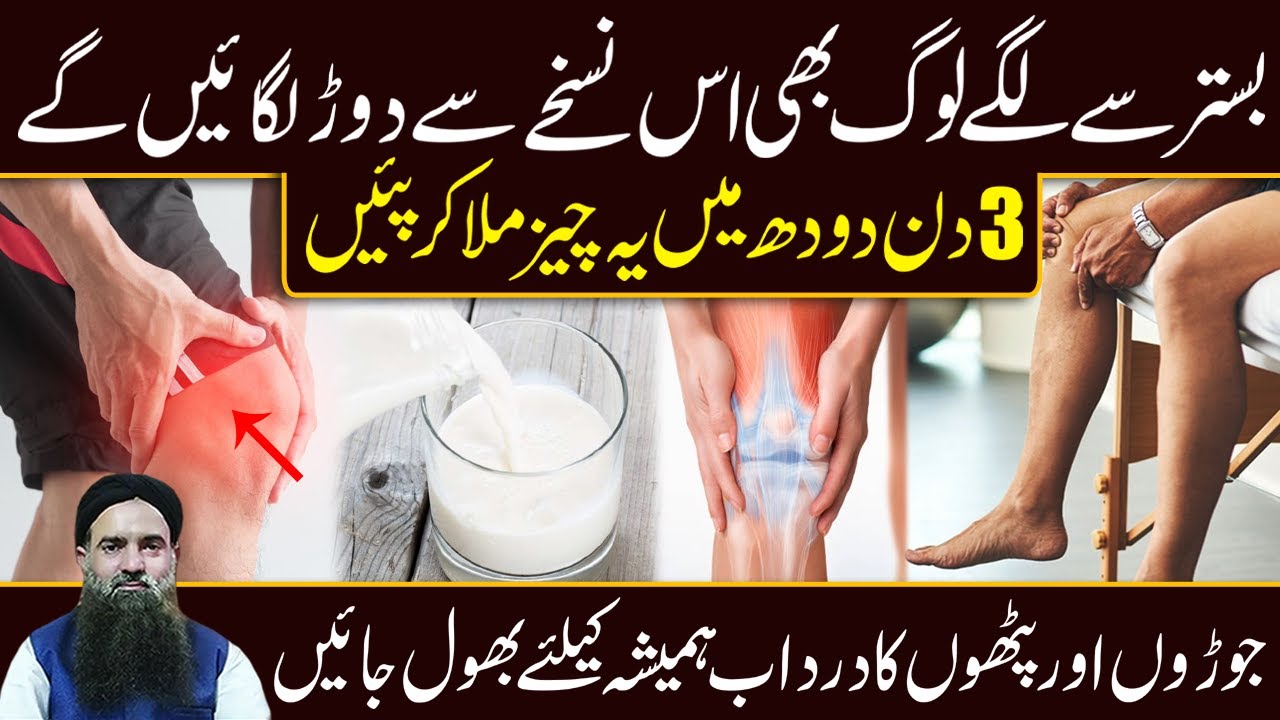Heatstroke is a serious condition that occurs when the body’s temperature rises to dangerous levels, often as a result of prolonged exposure to high temperatures and humidity. It can be life-threatening if not treated promptly. As temperatures soar during the summer months, it’s essential to take steps to prevent heatstroke and stay cool. In this article, we’ll explore some top tips for heatstroke prevention to help you beat the heat and stay safe.
Understanding Heatstroke
What is Heatstroke?
Heatstroke, also known as sunstroke, is a medical emergency characterized by a core body temperature of 104°F (40°C) or higher. It occurs when the body’s ability to regulate temperature fails, usually due to prolonged exposure to heat and dehydration.
Symptoms of Heatstroke
Symptoms of heatstroke can vary but may include high body temperature, rapid heartbeat, flushed skin, nausea, headache, dizziness, confusion, and loss of consciousness. If left untreated, heatstroke can lead to organ damage and even death.
Risk Factors for Heatstroke
Certain factors increase the risk of heatstroke, including age (young children and older adults are more vulnerable), chronic medical conditions, medications that affect the body’s ability to regulate temperature, and engaging in strenuous physical activity in hot weather.
Top Tips for Heatstroke Prevention
1. Stay Hydrated


Drink plenty of fluids, especially water, throughout the day to stay hydrated. Avoid sugary or alcoholic beverages, as they can increase dehydration. If you’re engaging in physical activity or spending time outdoors, drink water regularly, even if you don’t feel thirsty.
2. Dress Appropriately
Wear lightweight, loose-fitting clothing in light colors that reflect sunlight. Opt for breathable fabrics like cotton or moisture-wicking materials that help keep you cool and dry. Protect your head and face with a wide-brimmed hat and sunglasses.
3. Stay Indoors During Peak Heat
Limit outdoor activities, particularly during the hottest parts of the day, typically between 10 a.m. and 4 p.m. If you need to be outside, seek shade whenever possible, and take frequent breaks in a cool, shaded area.
4. Use Fans and Air Conditioning
If you have access to air conditioning, use it to keep your home cool. If not, use fans to circulate air and create a breeze. Close blinds or curtains during the hottest part of the day to block out sunlight and keep indoor spaces cooler.
5. Take Cool Showers or Baths
Taking a cool shower or bath can help lower your body temperature and provide relief from the heat. If you’re feeling overheated, immerse yourself in cool water or apply cold compresses to your pulse points, such as your wrists, neck, and temples.
6. Avoid Strenuous Activity
Limit strenuous physical activity, especially during the hottest hours of the day. If you need to exercise, do so in the early morning or late evening when temperatures are cooler. Listen to your body and take breaks as needed to prevent overheating.
7. Check on Vulnerable Individuals
Keep an eye on children, older adults, and individuals with chronic medical conditions who may be more susceptible to heat-related illnesses. Make sure they have access to cool, shaded areas and plenty of fluids to stay hydrated.
8. Never Leave Children or Pets in Vehicles
Never leave children, elderly adults, or pets unattended in parked vehicles, even for a short period. The temperature inside a car can rise rapidly, leading to heatstroke and death, even with the windows cracked open.
9. Monitor Weather Forecasts
Stay informed about weather conditions and heat advisories in your area. Plan outdoor activities accordingly and be prepared to adjust your plans if necessary to avoid extreme heat.
10. Know the Signs of Heatstroke
Familiarize yourself with the symptoms of heatstroke and know what to do if you or someone else experiences them. Seek medical attention immediately if you or someone else shows signs of heatstroke, and take steps to cool down while waiting for help to arrive.
Conclusion
Preventing heatstroke is essential, especially during the hot summer months when temperatures soar. By following these top tips for heatstroke prevention, you can stay cool, hydrated, and safe in hot weather. Remember to take precautions, stay informed about weather conditions, and seek medical attention if you or someone else experiences symptoms of heatstroke.
FAQs
1. Can I prevent heatstroke by staying indoors all the time?
While staying indoors during peak heat hours can reduce the risk of heatstroke, it’s still important to stay hydrated and take breaks if you’re engaging in physical activity indoors. Indoor spaces can also become hot and stuffy without proper ventilation or air conditioning.
2. Is it safe to exercise outdoors in hot weather?
Exercising outdoors in hot weather can increase the risk of heat-related illnesses like heatstroke. If you choose to exercise outdoors, do so during the cooler parts of the day, stay hydrated, and listen to your body. Consider indoor exercise options if temperatures are extreme.
3. How can I tell if someone is experiencing heatstroke?
Symptoms of heatstroke include high body temperature, rapid heartbeat, flushed skin, nausea, headache, dizziness, confusion, and loss of consciousness. If you suspect someone is experiencing heatstroke, seek medical attention immediately and take steps to cool them down while waiting for help.
4. Can certain medications increase the risk of heatstroke?
Yes, certain medications, such as diuretics, beta-blockers, and antihistamines, can affect the body’s ability to regulate temperature and increase the risk of heat-related illnesses. Talk to your healthcare provider about any medications you’re taking and their potential effects in hot weather.
5. What should I do if I start feeling overheated?
If you start feeling overheated, move to a cool, shaded area, drink water, and take a cool shower or bath to lower your body temperature. Apply cold compresses to pulse points like your wrists, neck, and temples, and rest until you feel better. If symptoms persist or worsen, seek medical attention immediately.

